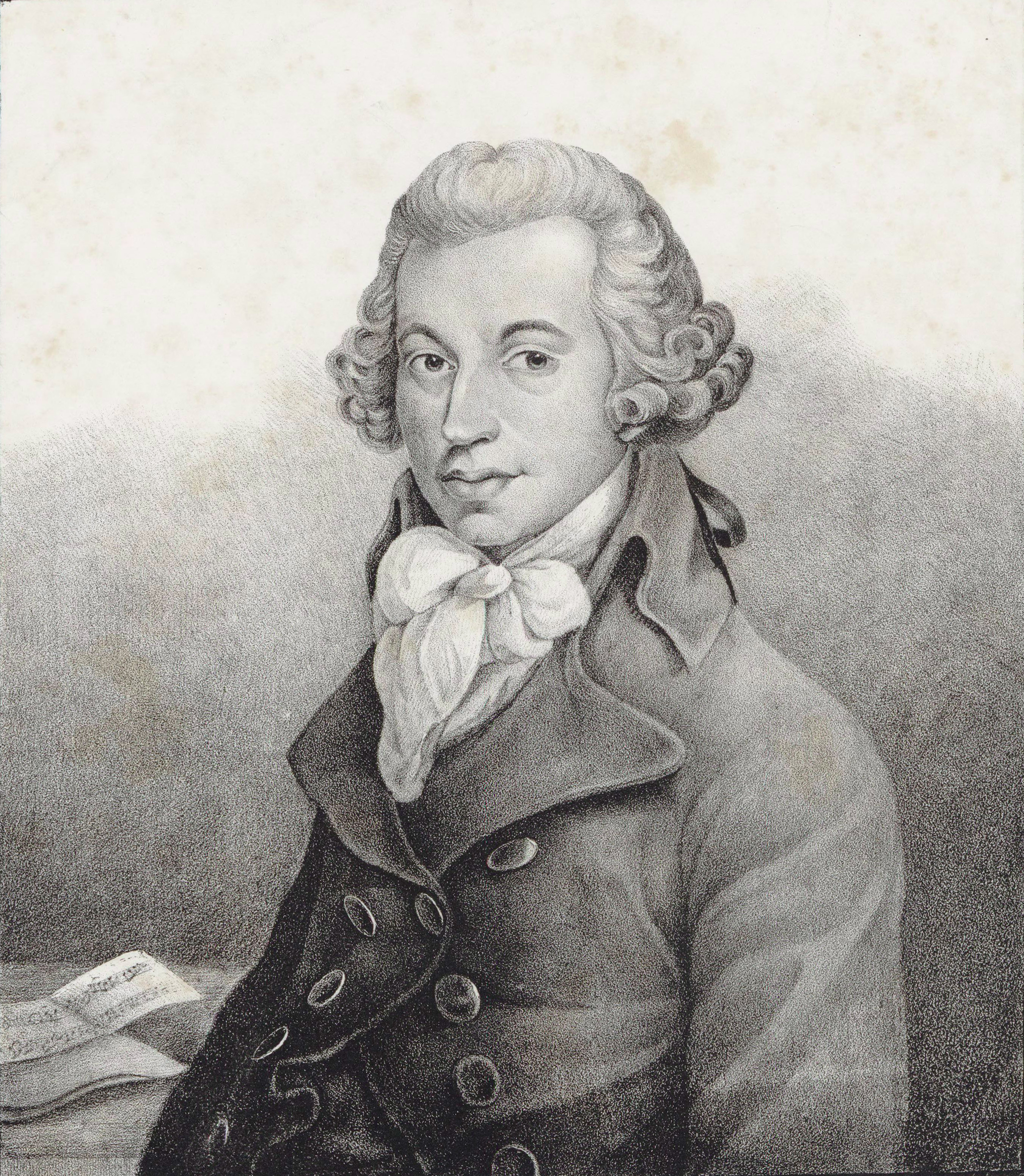
Sharona Joshua’s Pleyel piano, Serial no. 19832, is an original instrument, and dates back to 1853. The composer Ignace Pleyel founded the firm in 1807. His son Camille joined the business in 1815, and most likely built this instrument. The French piano manufacturing-firm provided pianos to Frederic Chopin throughout his life, and ran a concert hall, the Salle Pleyel, where Chopin performed his first and last Paris concerts.
Pleyel pianos are known for their round, warm and sensual sound. A contemporary account of the qualities of a Pleyel piano describes the sound as “acquiring a special satisfying quality, the upper register bright and silvery, the middle penetrating and intense, the bass clear and vigorous. The striking of the hammers has been designed to give a sound that is pure, clear, even, and intense. The carefully made hammers produce – when one plays piano – a sweet and velvety sound that gradually increases in brightness and volume as one applies more pressure on the keyboard.” (Montal, L’art d’accorder soi-meme son piano, Paris, 1836).

One of Pleyel’s major contributions to piano development was the first use of a metal frame in a piano. Pleyel introduced iron bracing to support the wooden framing as early as 1825, when three wrought iron bars were used over the strings. A Pleyel from the Chopin period c. 1839 had five iron braces attached to a wide hitch plate, with perpendicular cross-braces between them, and attached for rigidity in the middle via bolts that pass through the soundboard into the wooden bracing members below. By 1850 the number of braces was reduced to three by using stronger T-section material, as compared to the earlier rectangular section bars.

The red spruce used by Pleyel comes from the Fiemme Valley in province of Trento, Italy. Only trees, which are north facing and are of a certain age, were utilised. The direction of the grain and the thickness are also important.
Pleyel pianos retained the tonal clarity of straight-stringing as late as 1878. The length of approximately 220 cm was typical of straight-strung concert grand pianos throughout the nineteenth century. Two pedals, una corda and damper lifting, with felt over-dampers, were standard on Pleyels. By choice of design, damping was not as instantaneous as one would expect on a modern piano, producing an after-ring which is quite characteristic. Pleyel retained the simple, light, single escapement action, essentially the English grand action, until well into the 20th century. This action calls for a more direct touch, and entails a distinctive playing technique quite different to the equivalents of our day.

Pleyel pianos were the choice of composers such as Chopin, Clara Schumann, Debussy, Saint-Saëns, Ravel, de Falla and Stravinsky and of the pianist and teacher Alfred Cortot.
